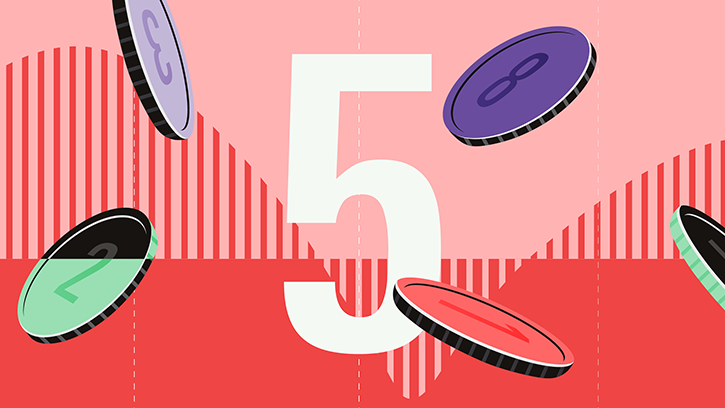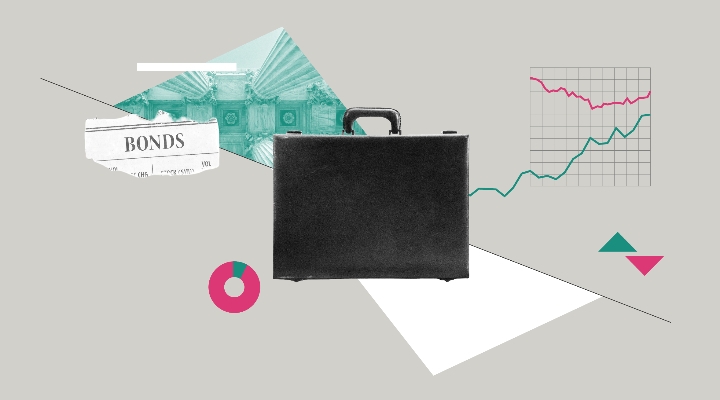Expensive defensives or quality worth paying for in a low-growth, low-return environment?
That is probably the single biggest question equity fund managers the world over are tussling with at the moment as high quality stocks continue their unrelenting outperformance of just about everything.
Understanding Quality: A Qualitative and Quantitative Perspective
At this stage it would be helpful to take a step back and understand exactly what it is we mean when we talk about quality stocks. As is so often the case in the investment world, this concept can be identified by both qualitative and quantitative measures with the former often being quite subjective and the latter more objective. Qualitative definitions include aspects such as market share, competitive advantage and management - concepts that Terry Smith, fund manager of the FundSmith Equity fund, describes as “mostly woolly and much if not all of it”, in his view, “baloney”.
Quantitatively, return on assets, return on capital, return on equity, five-year return on equity and leverage are some of the more common factors, of which return on equity is probably the most widely used.
At FundSmith, high-quality companies are defined as those which over a business cycle are able to deliver superior returns on capital in cash. They must also have the ability to reinvest at least some part of those returns in growing the business and so compounding the returns, and which are able to do so without requiring leverage.
At the broadest level, these companies are most commonly found in sectors such as healthcare and consumer staples, including tobacco, although we should be careful not to confuse quality with simply traditional defensive stocks. The struggles of the utilities and telecoms sectors in Europe over recent years help illustrate this point. The relative outperformance of tobacco and healthcare over the last 5 years has been staggering. Tobacco stocks for example for the five years to the end of June 2012 are up almost 140 per cent while financials at the other extreme are down 35 per cent.
This trend has indeed been in place for longer and even if we consider the data over 10 years the trend is the same. At its broadest level it is therefore easy to see why funds that have been exposed to these themes and trends have significantly outperformed while those that have been underweight or void have struggled.
As always, the most important question is one of valuations. Are quality companies cheap, expensive or fair value? There are many ways in which we may consider this question both from a valuation perspective and indeed from both relative and absolute standpoints too. Valuation metrics would include looking at measures such as price-to-earnings ratios (PE), price-to-book (PB), dividend yield (DY) and free cash flow yield (FCF).
Looking at PE Ratios & Performance
Looking at PE ratios there is evidence in abundance that shows that from a relative perspective quality stocks may today be considered expensive. As Jacob de Tusch-Lec, manager of the Artemis Global Income fund, has told me, “this is a premium never seen before”. While some of these sectors may have historically traded at a high valuation multiple in absolute terms, it has never been so high relative to the broader equity market.
Chris Rice, fund manager of the Cazenove European fund alludes to the potential return to a Nifty Fifty-style environment akin to the one experienced in the 1970s when the 50 largest cap stocks by market cap in the US beat the market by 15% a year for 8 years in a row. This too was a period that was similarly characterised by heightened uncertainty and fear. Valuations during this time hit bubble levels and the trend eventually came to an end with the oil shock experienced in 1972. Valuation should ultimately always emerge as the winner but trends can persist for significantly longer than market participants generally anticipate. This helps explain why many investors are reluctant to shift their portfolios wholesale from quality stocks into the more volatile value segment of the universe despite perceiving particular cheapness in many companies that fit the latter definition.
Looking at this from another angle, Terry Smith, fund manager of the FundSmith Equity fund, considers at what PEs developed world consumer stocks would need to have been purchased in 1980 to have returned the same as the S&P 500 since then? An investor could have paid 200 times earnings for Walmart (WMT) in 1980 and performance would still have matched the S&P. The number for Colgate (CL) is 41 times, Pepsi (PEP) 46 times, McDonalds (MCD) 70 times and Coke (KO) 260 times. Some PEs of 15-20 may not be so expensive after all. While it is, of course, necessary to be able to identify successfully the relatively few companies that will deliver such exceptional success, this provides a counter-perspective to the argument that for many quality companies, investors are paying a 20 per cent premium for below-average growth.
Does Risk-Free Really Exist?
Furthermore considering things from a different perspective, Smith considers “value” in a number of different ways, one of which is to compare the free cash flow (FCF) yield on companies with the normalised yield over time on the long bond. If they can purchase stocks that have a FCF yield equal to or greater than the long bond yield, and that the free cash flows of these companies can grow over time, they believe they are getting good value certainly relative to the so-called risk free rate and possibly even in absolute terms. Using these metrics, Smith argues that the companies in their portfolio are higher quality than the market based on their return on capital, have FCF and dividend yields in excess of the market and the long bond, and they strongly believe that these cash flows and dividends will continue to grow.
In conclusion I think it is fair to say that there are different ways to consider the question posed at the outset: namely expensive defensives or quality worth paying for? Furthermore, given the parlous state of most government balance sheets, the notion of the “risk free rate” being represented by the yield on government bonds and a “risk premium” being applied to all equities is an interesting one.
Many investors argue that the correct risk premium for equities may well prove to be somewhat lower than currently. If equities are indeed generally cheap but uncertainty is expected to persist, receiving the relatively high, sustainable dividend yield from quality companies while waiting for any broader re-rating of the asset class may be an appropriate strategy. It could appeal particularly to investors concerned about medium-term positive returns that incorporate security of income and cashflows, yet worried about the miserly yields available on government bonds. Whether or not such quality stocks outperform broader market indices is clearly a much more difficult question given their high valuation relative to the average stock, and the long-term value that is perceived in the latter for investors willing to accept potentially higher volatility. The correct balance for portfolios in this context of explicable but prolonged outperformance of quality stocks is an increasing conundrum for many fund managers we meet.
The original version of this article was published in Investment Adviser, part of the Financial Times Group.































